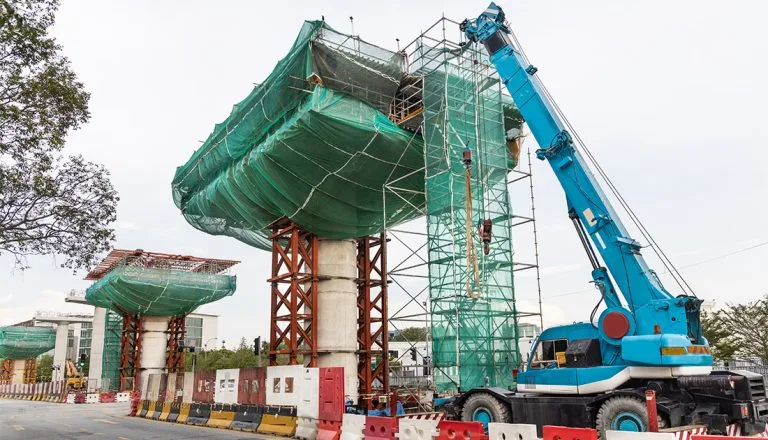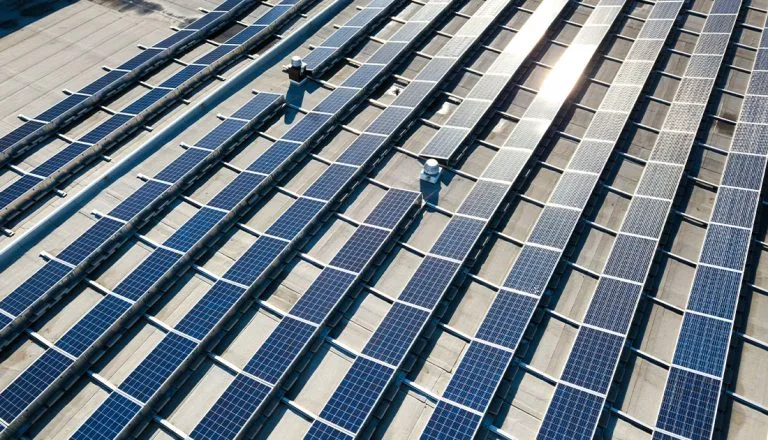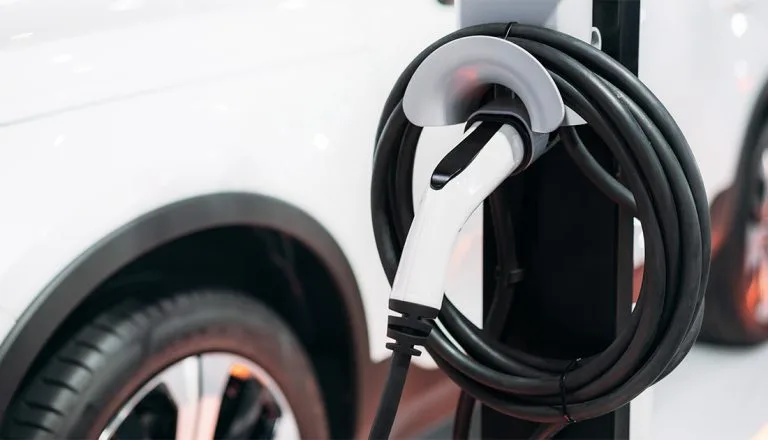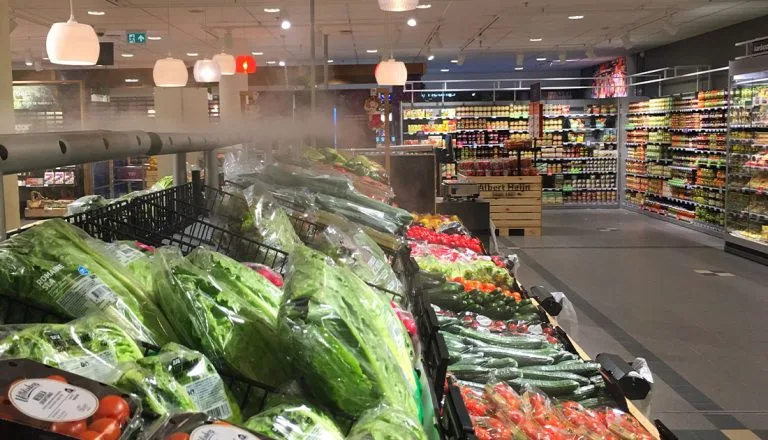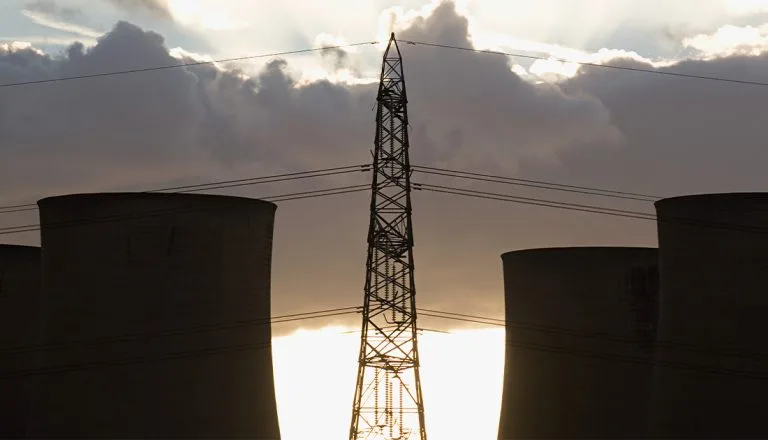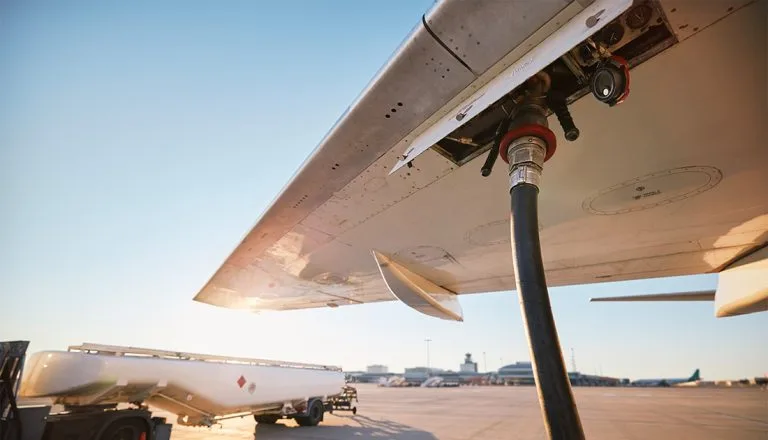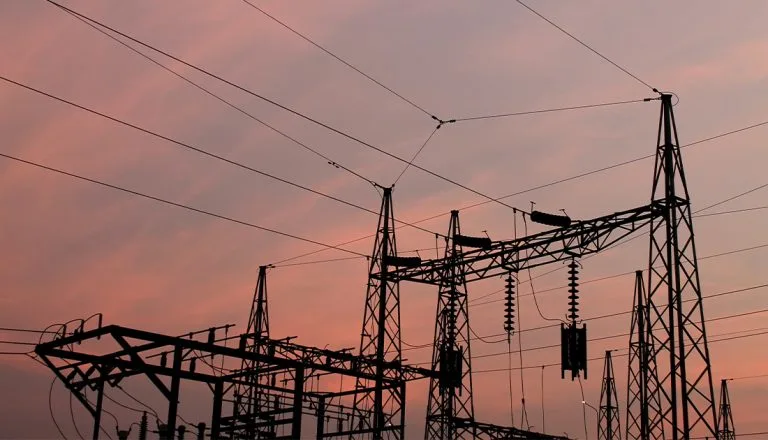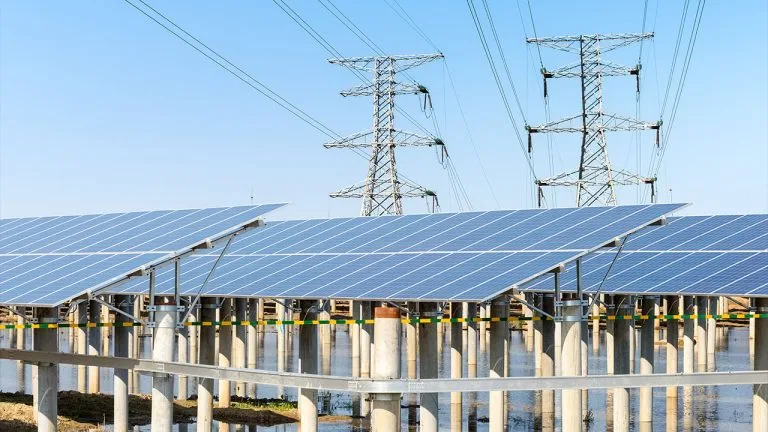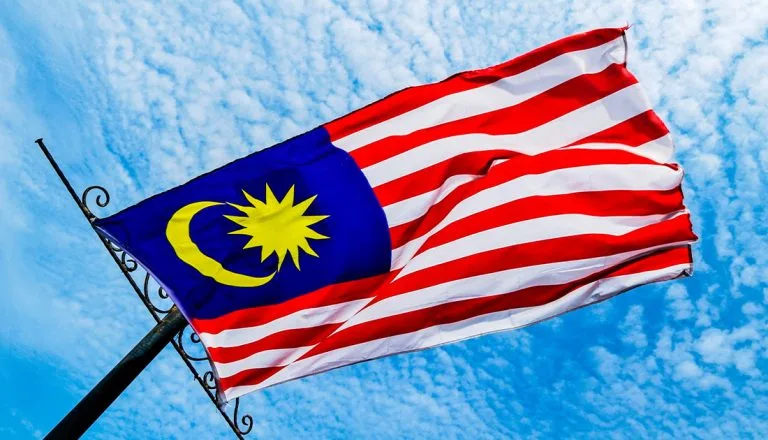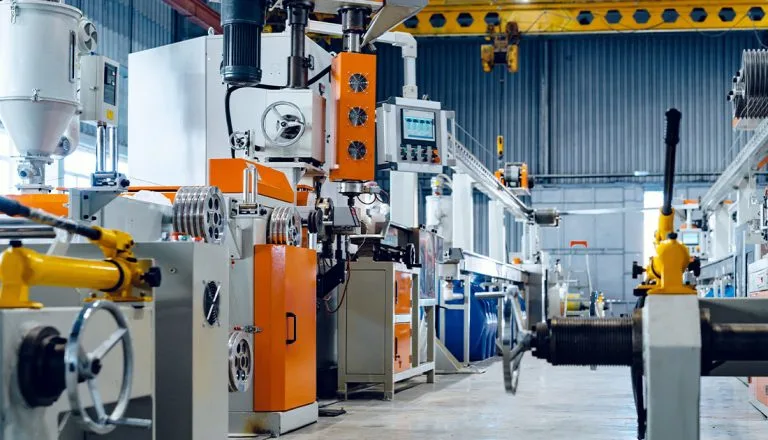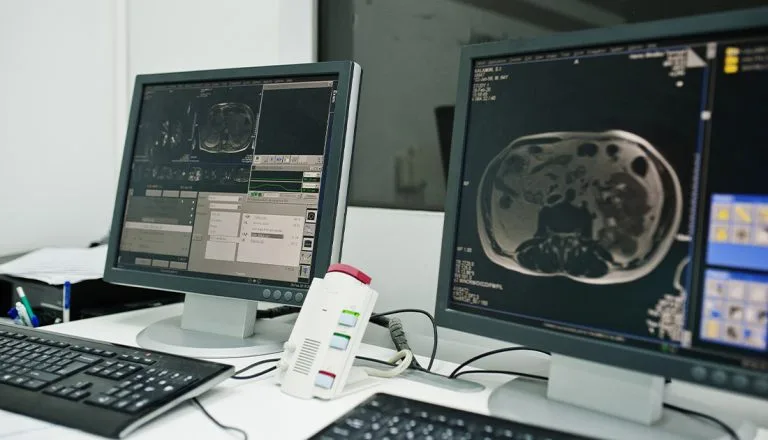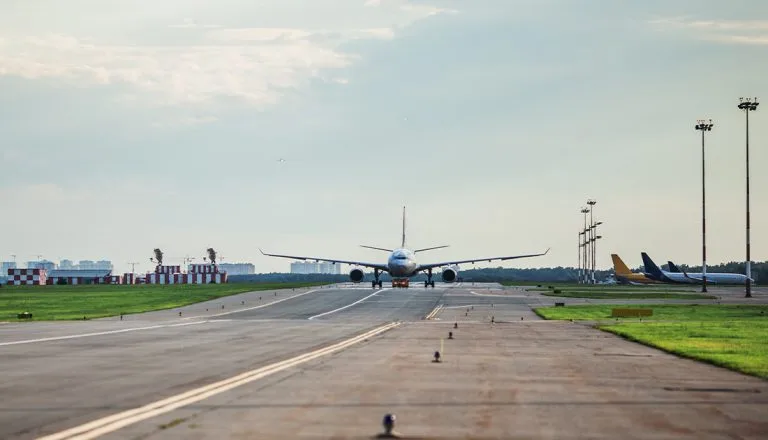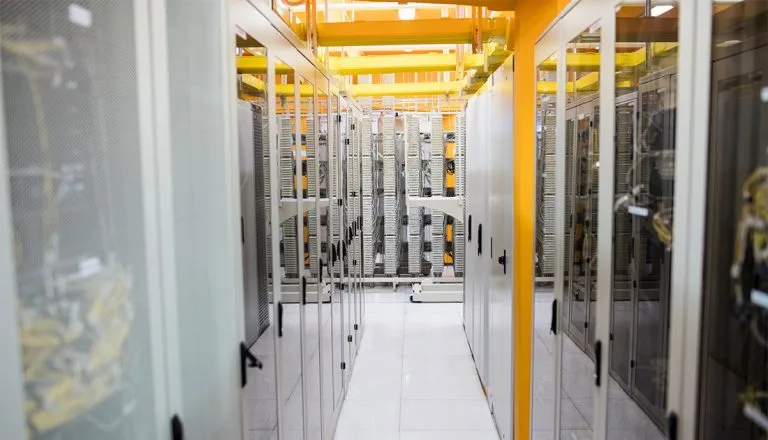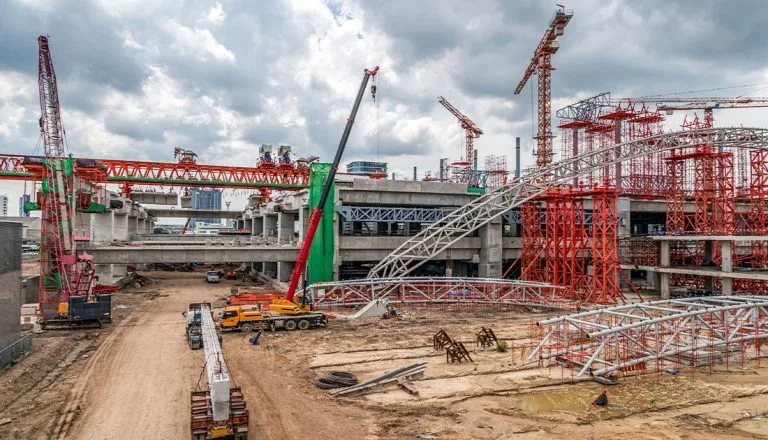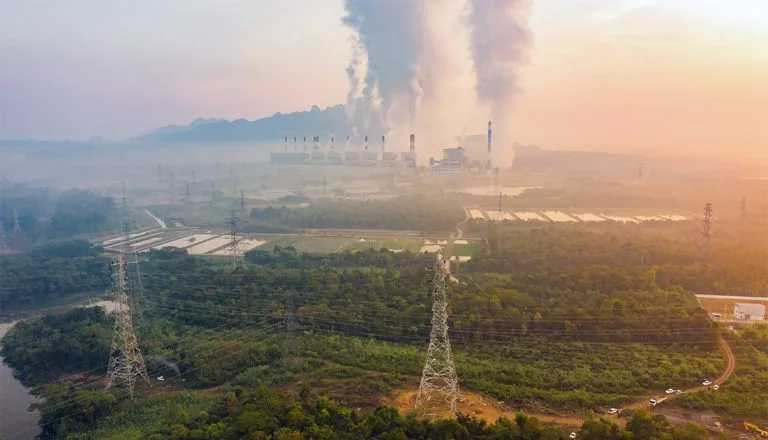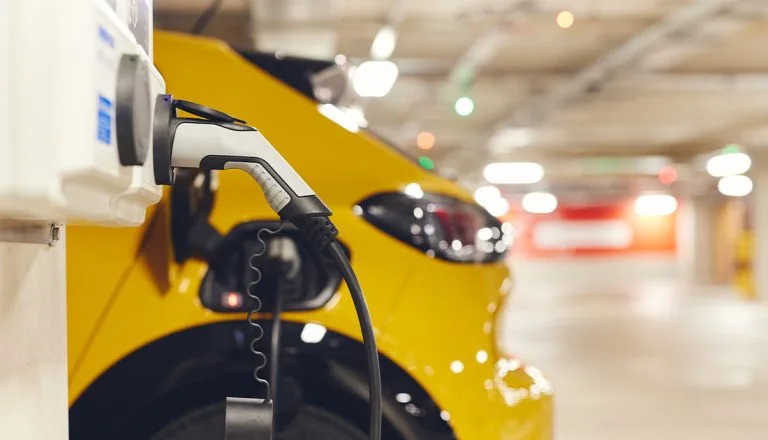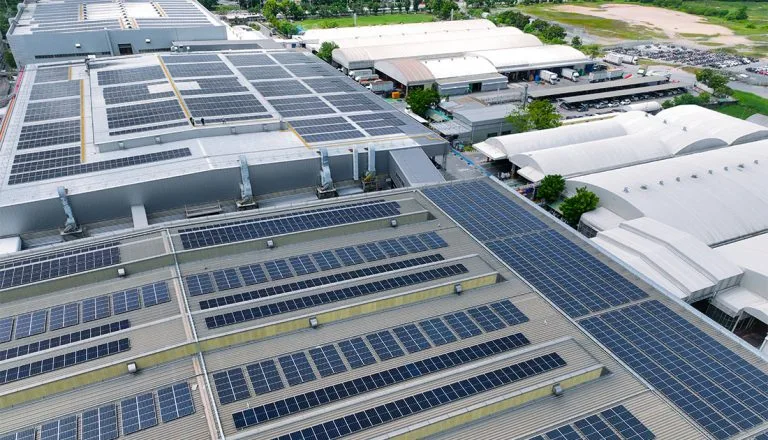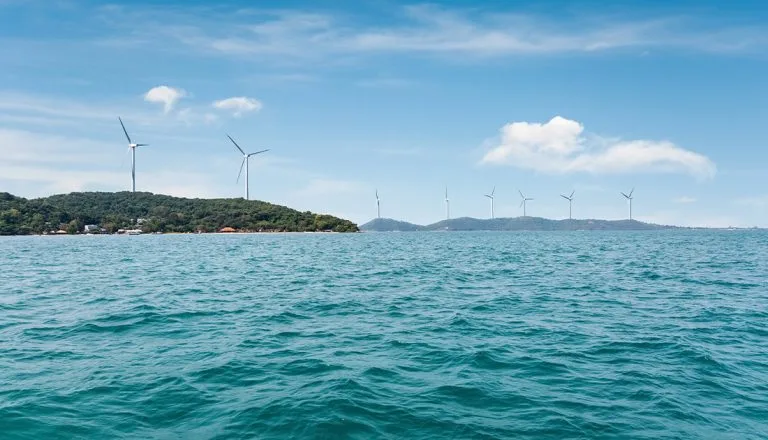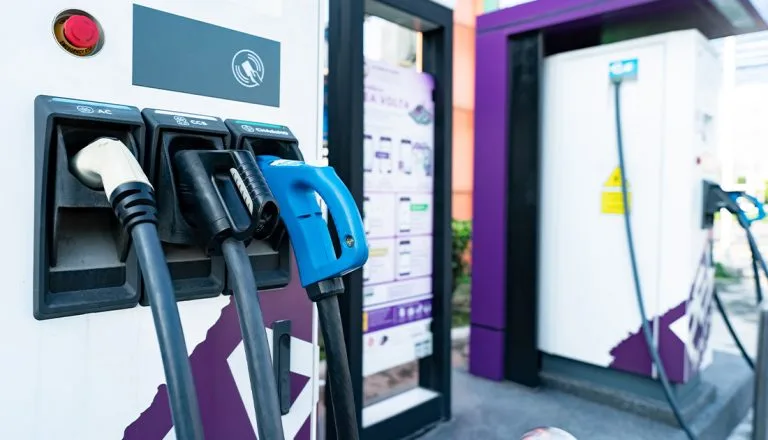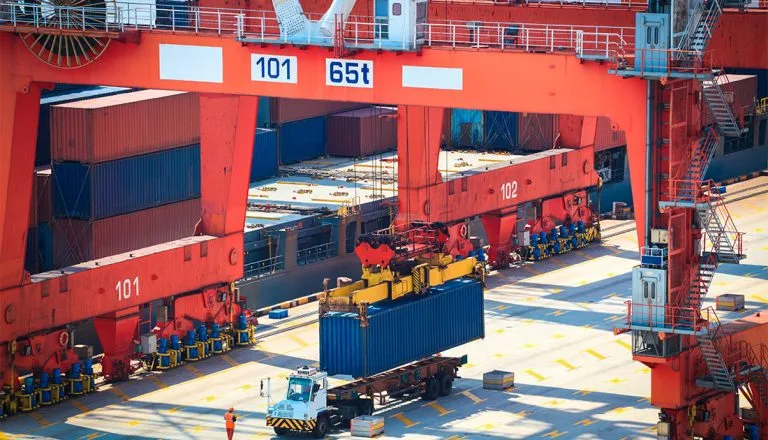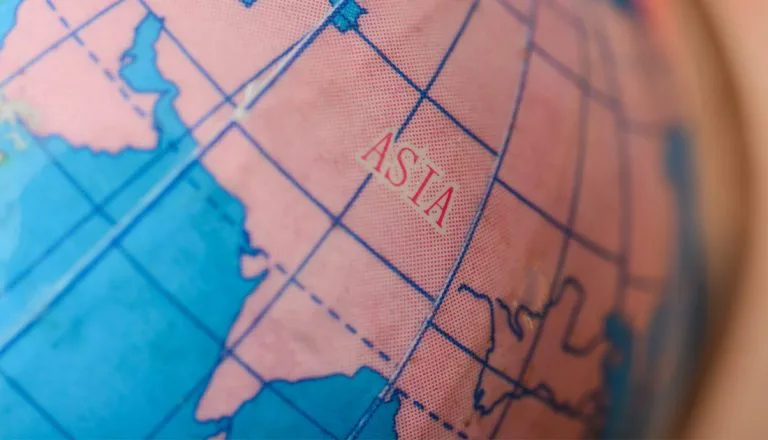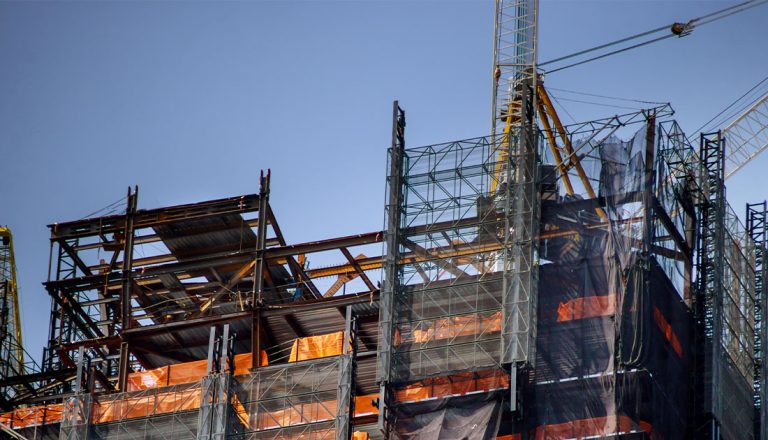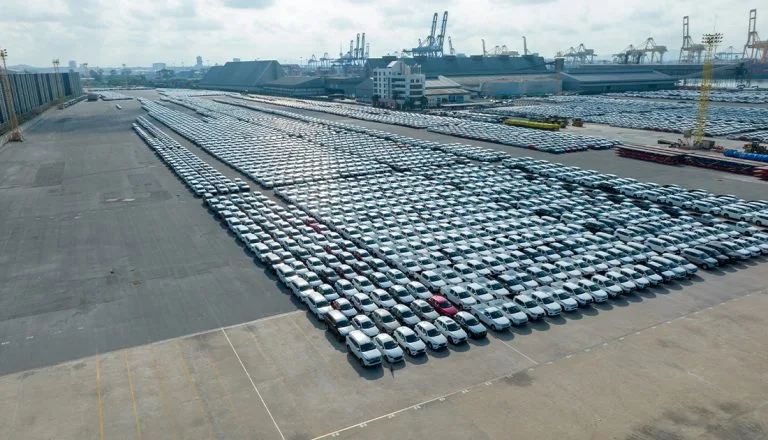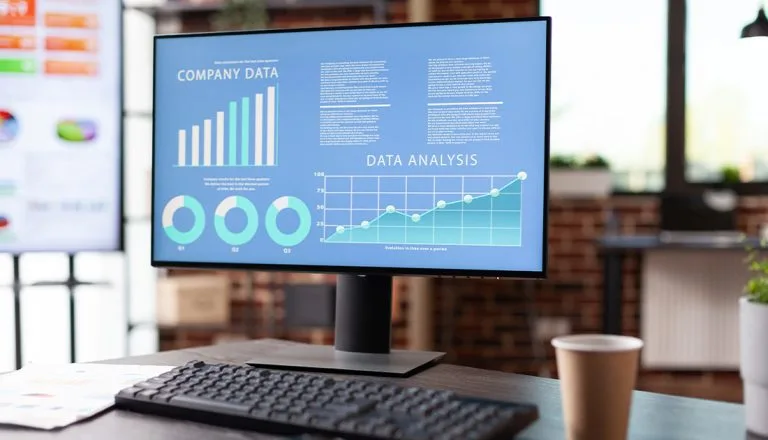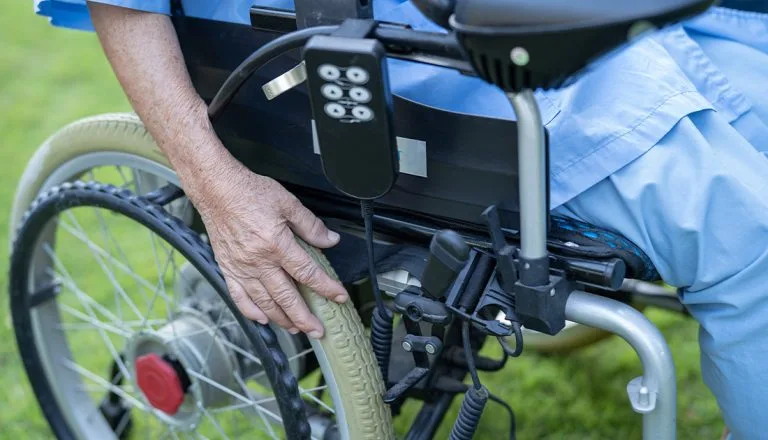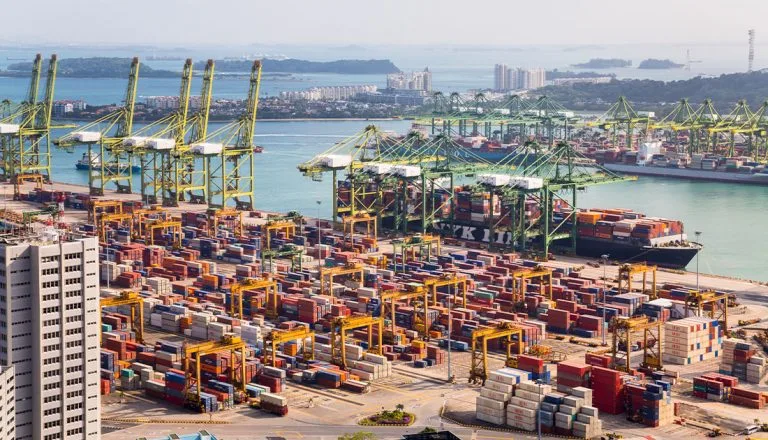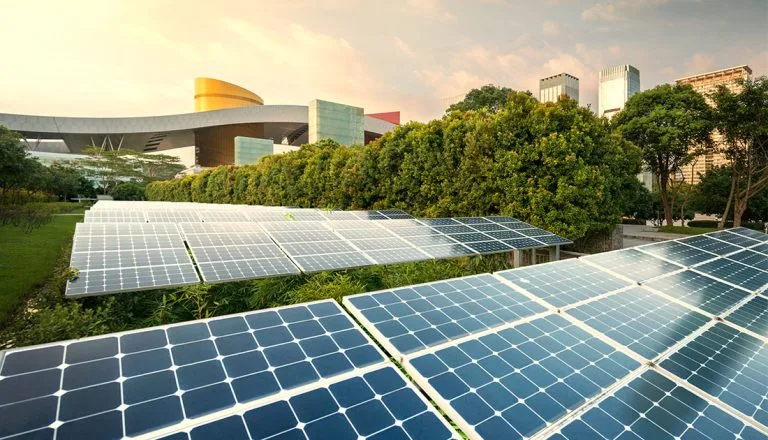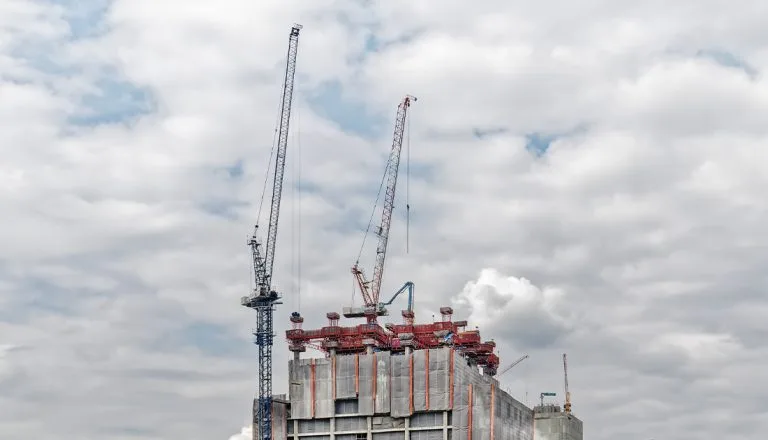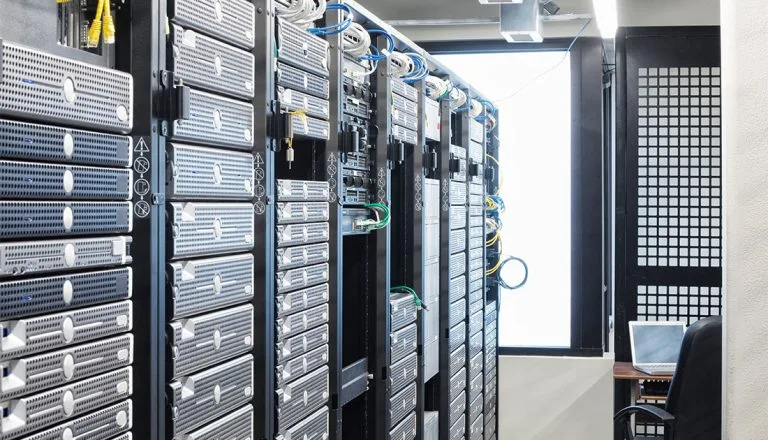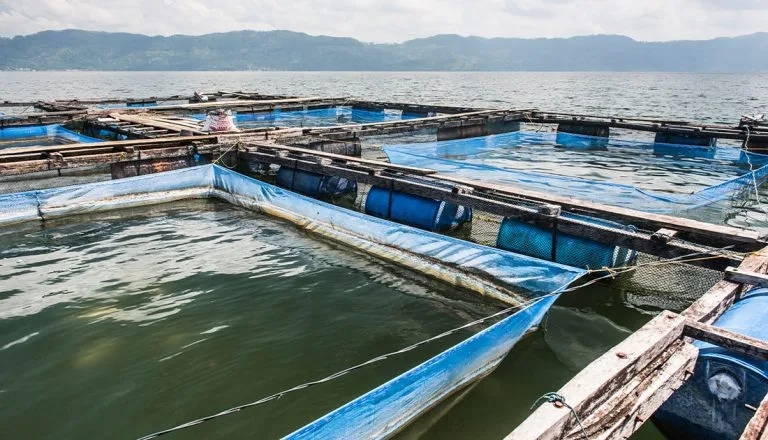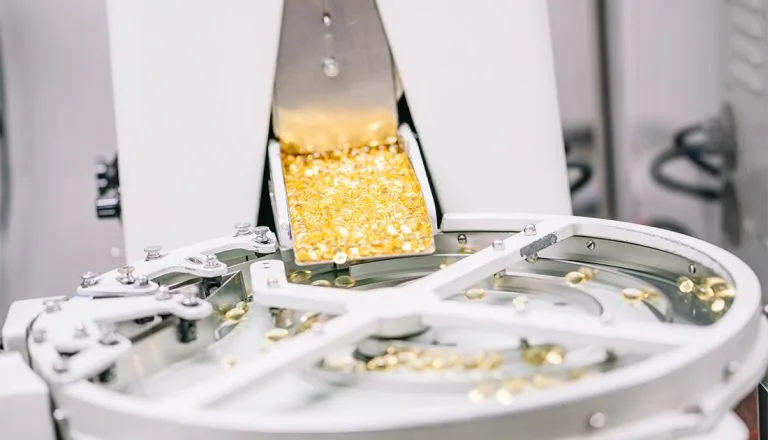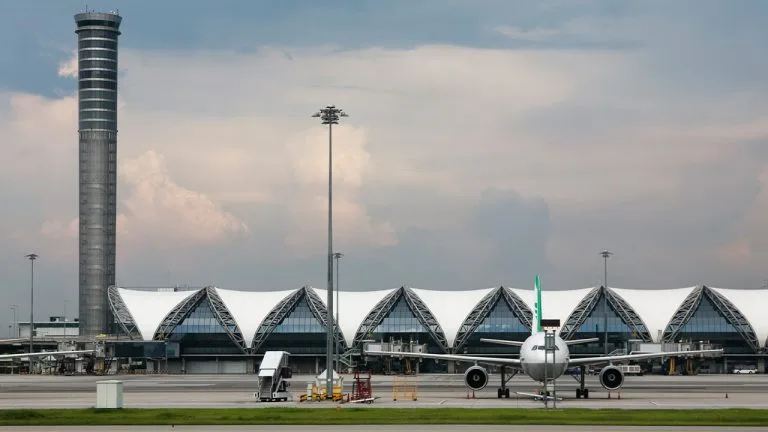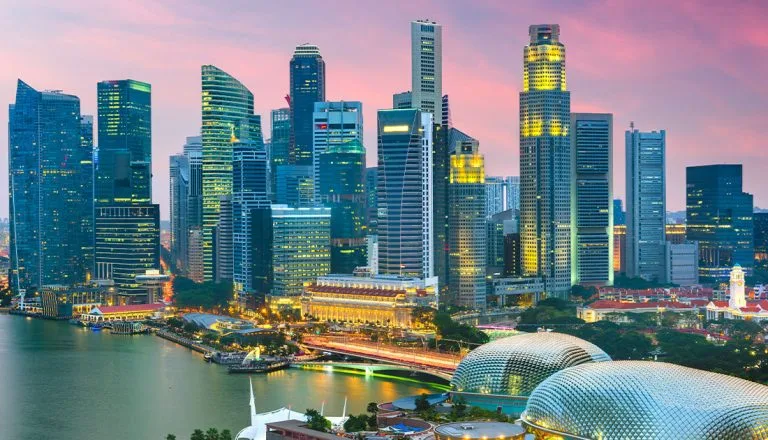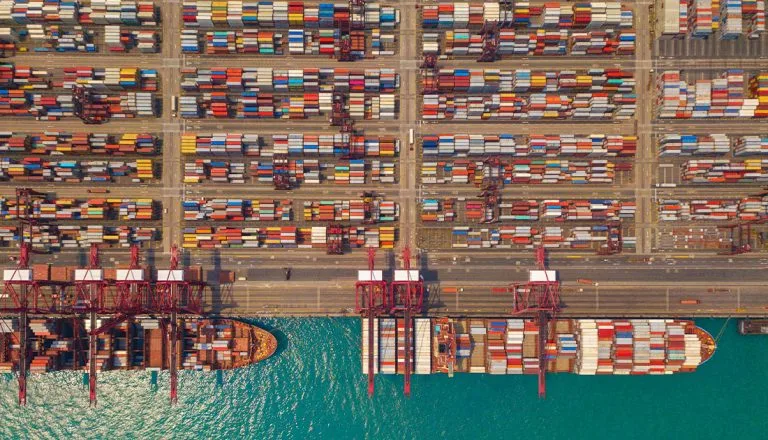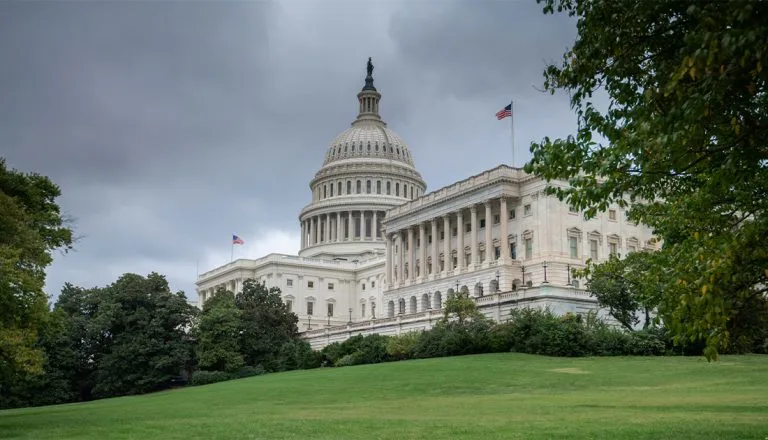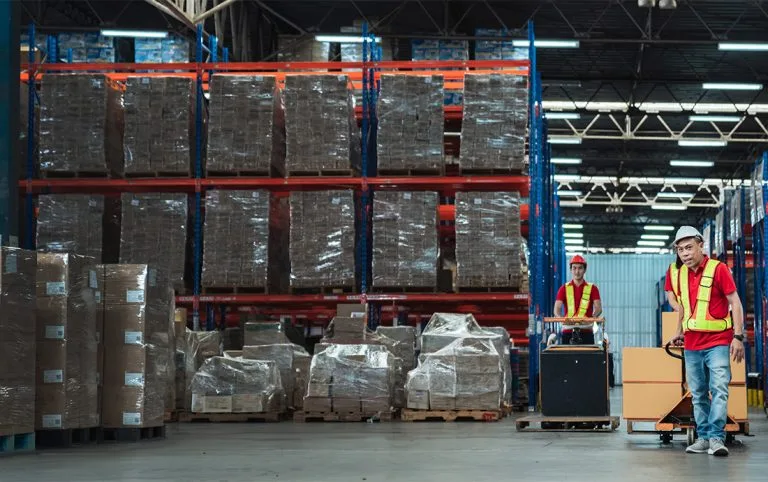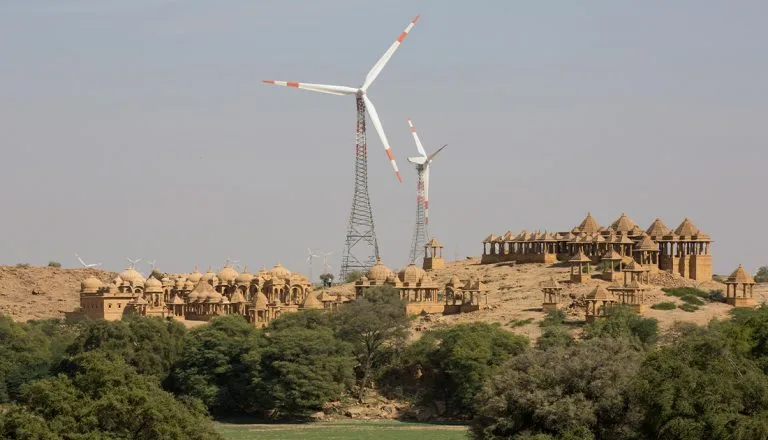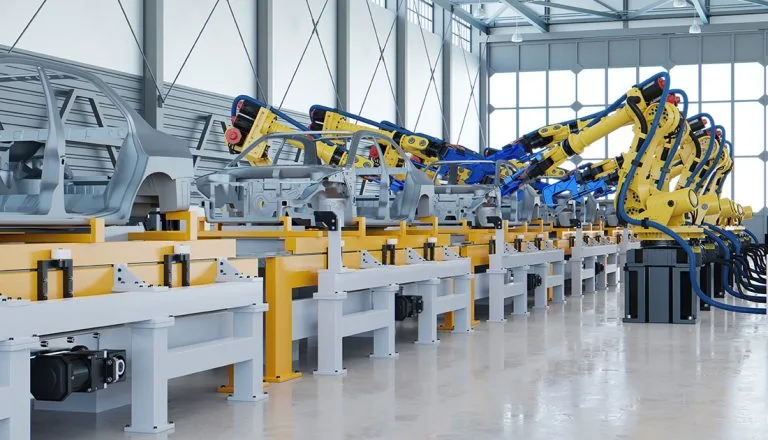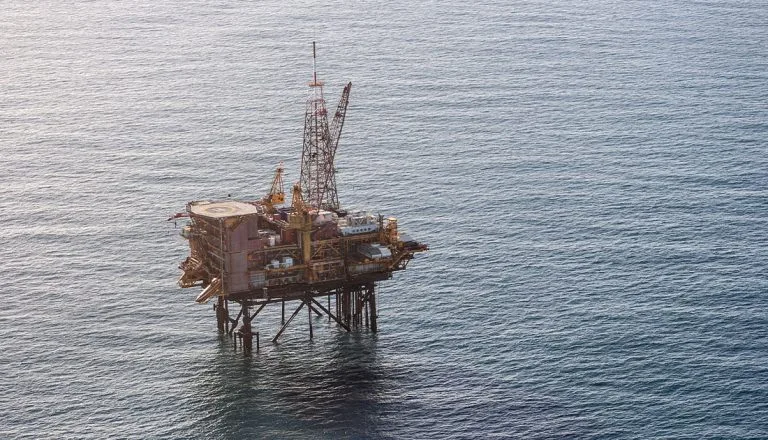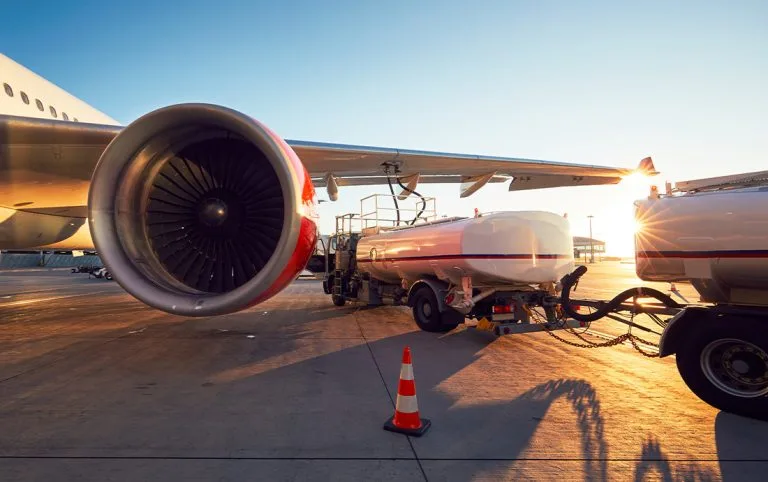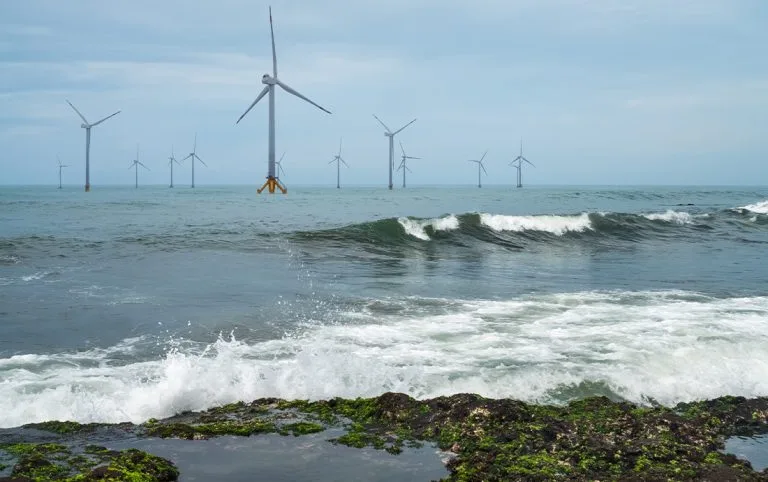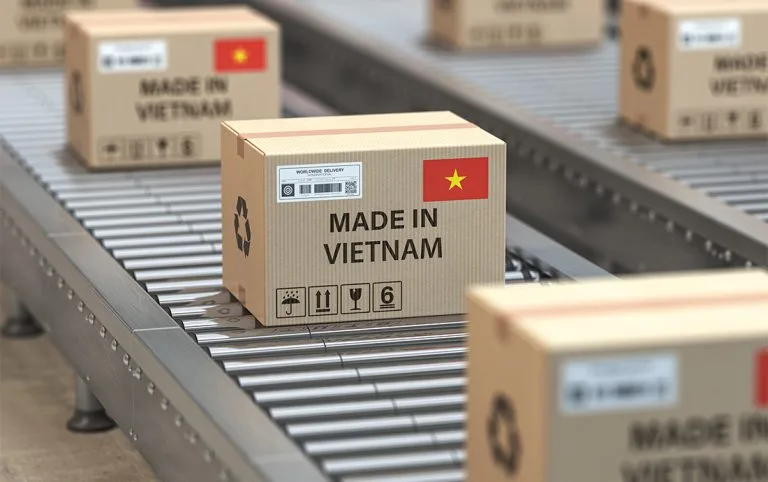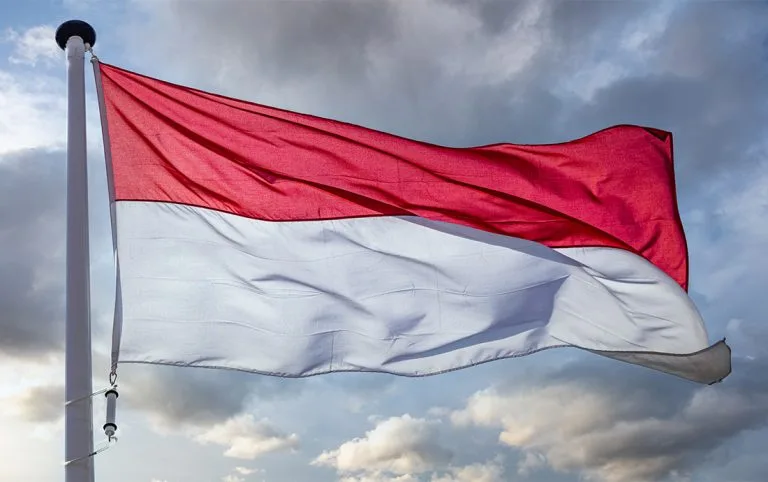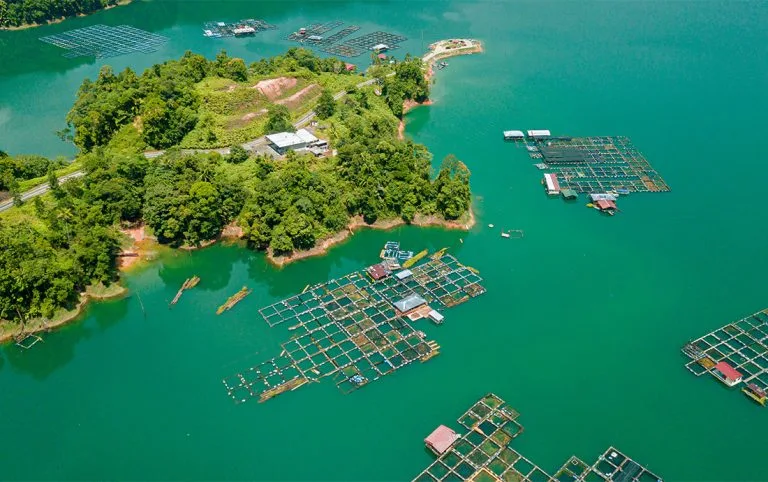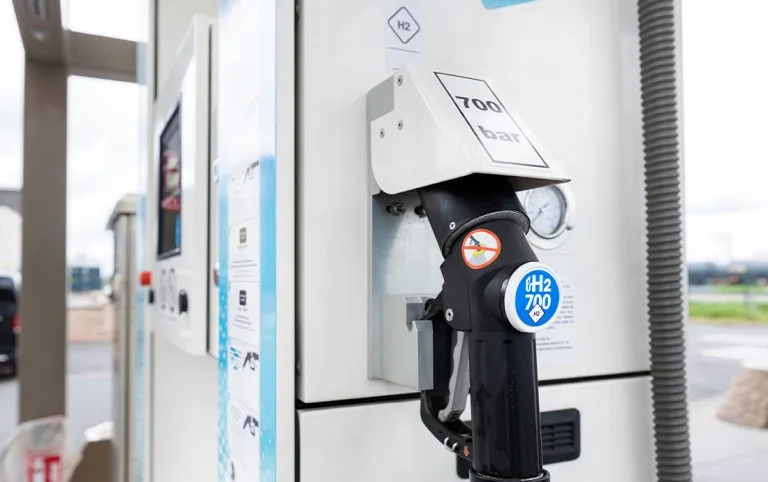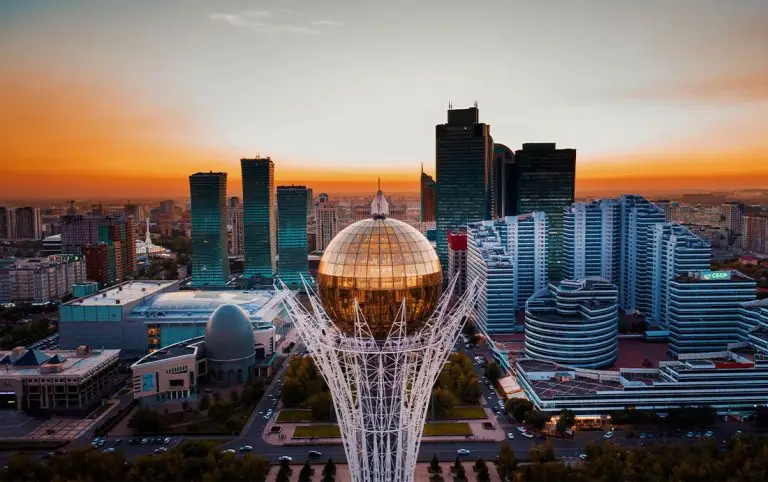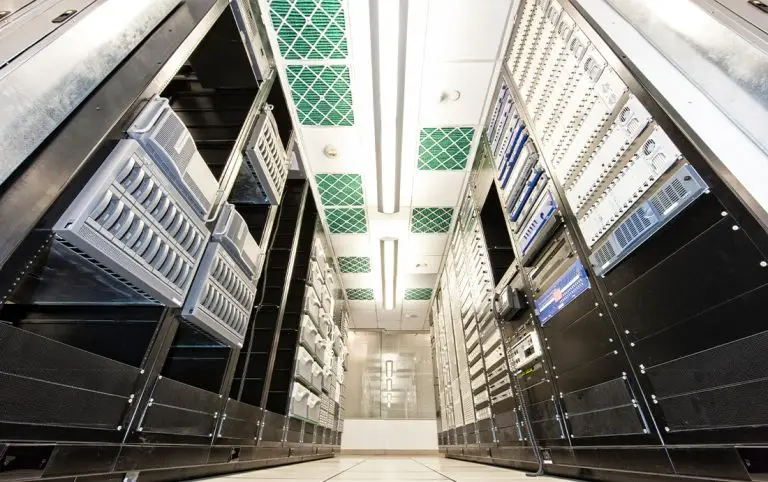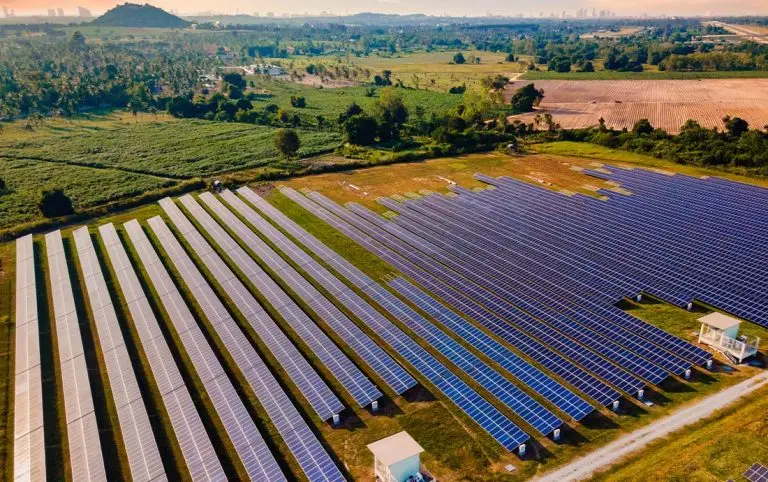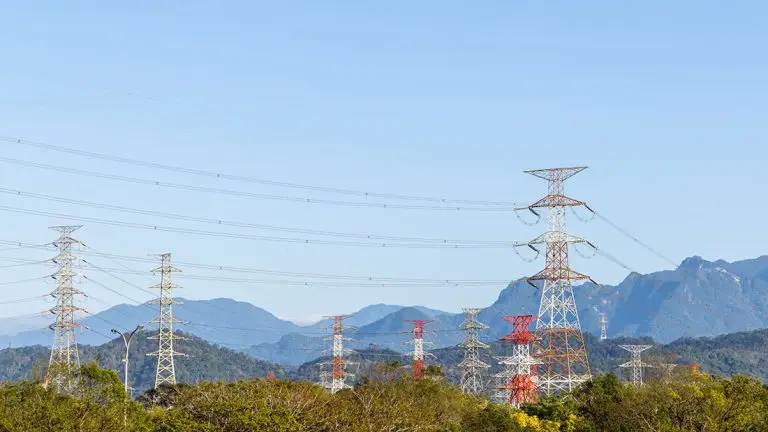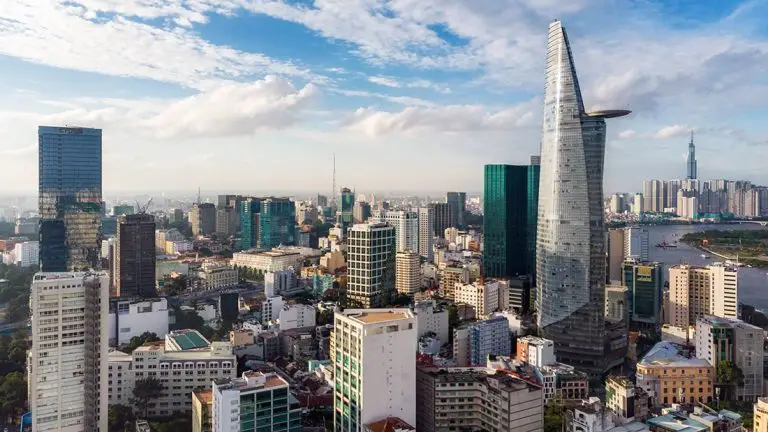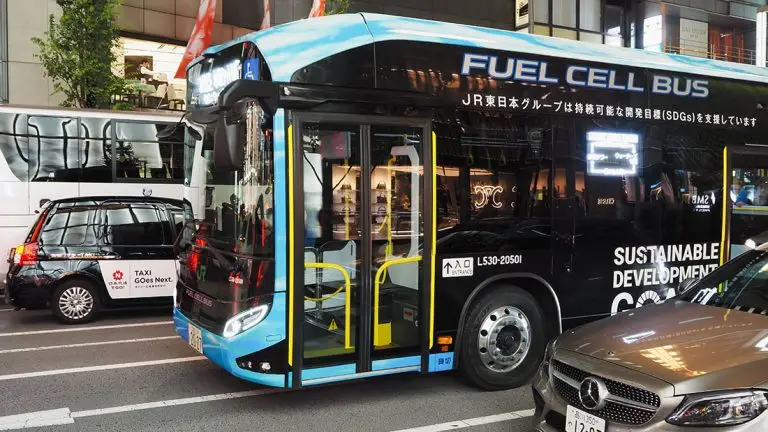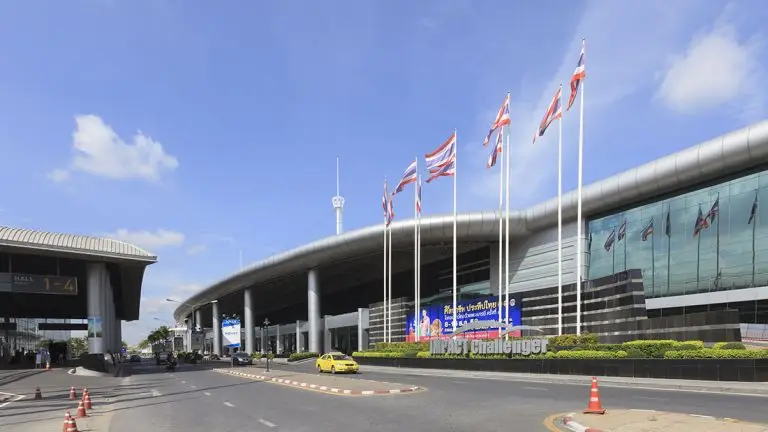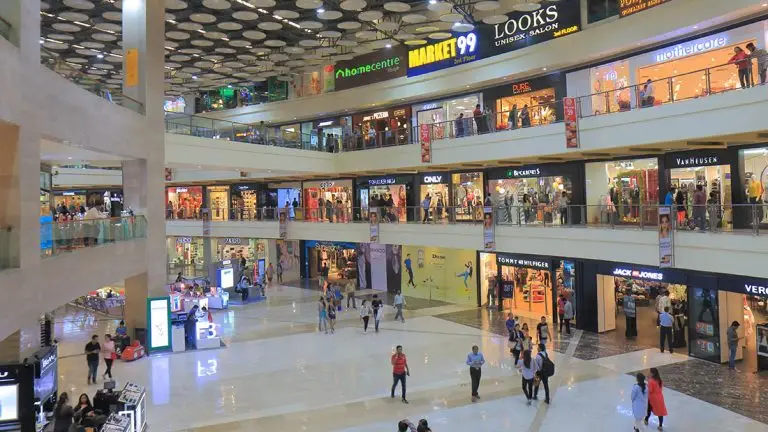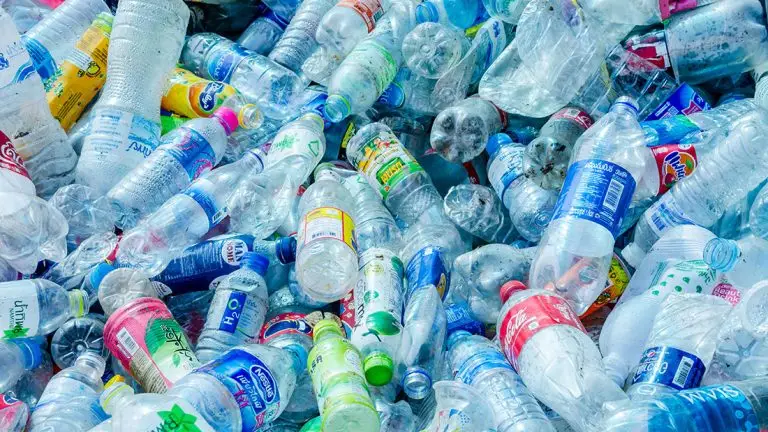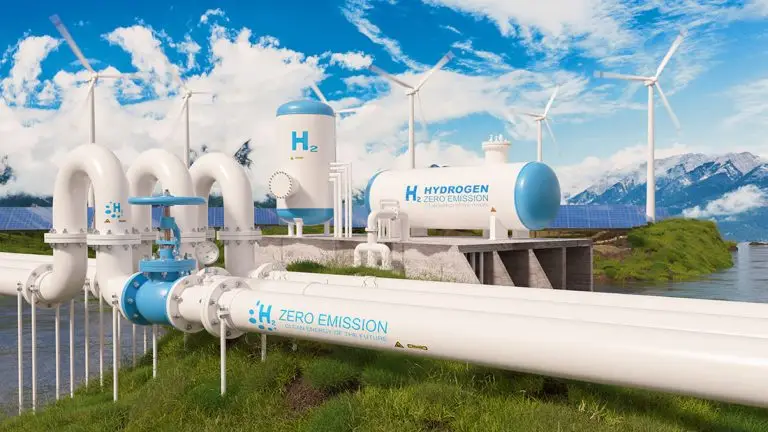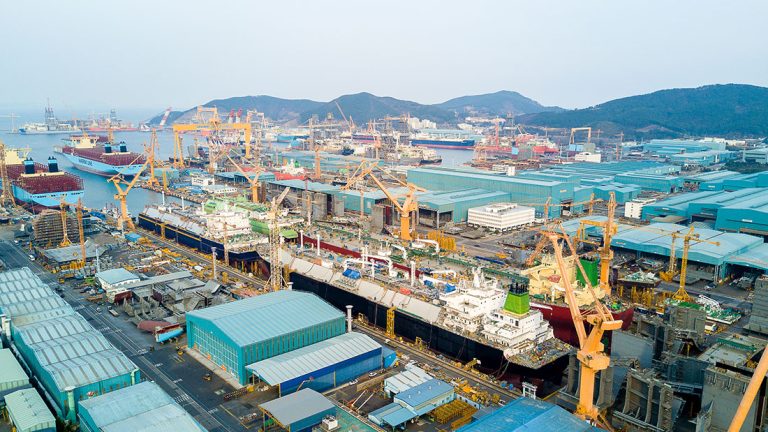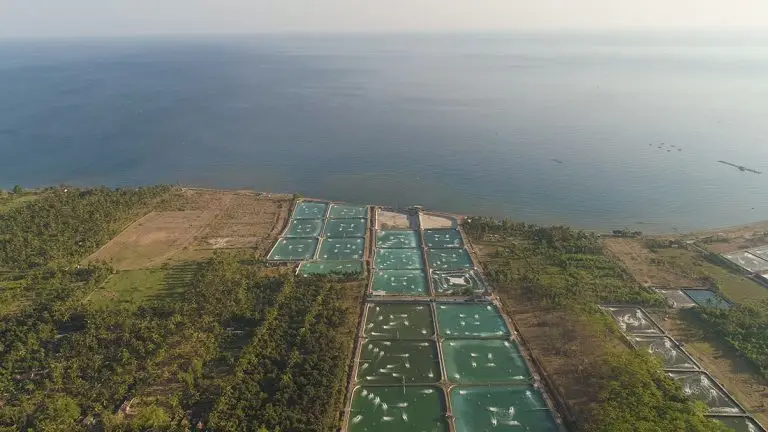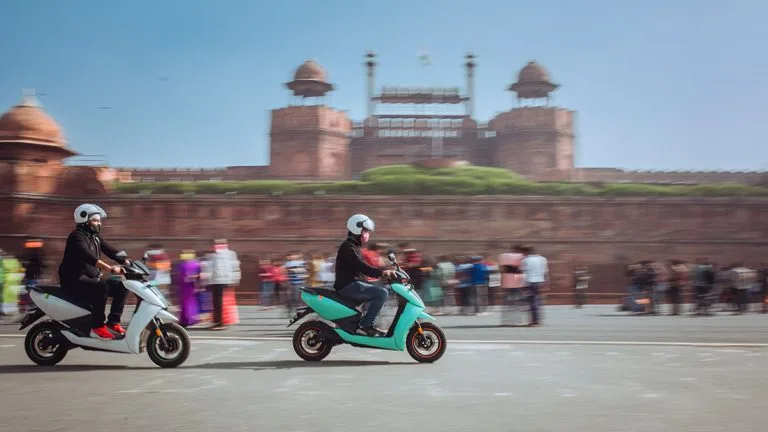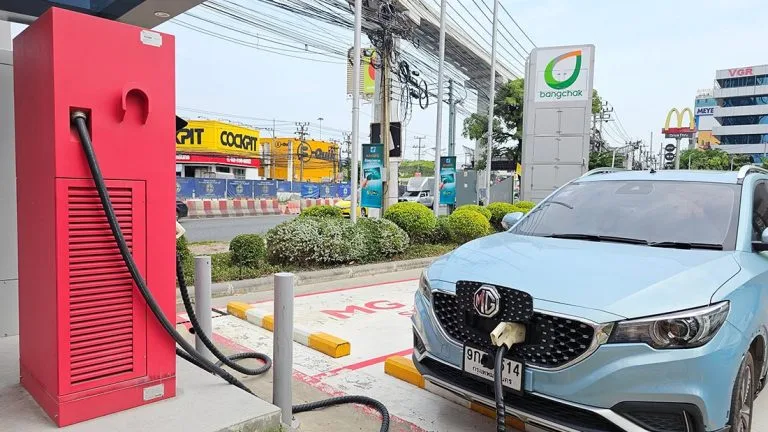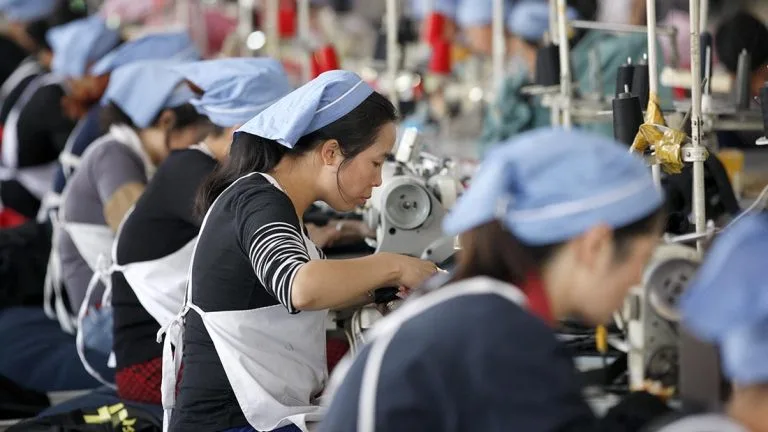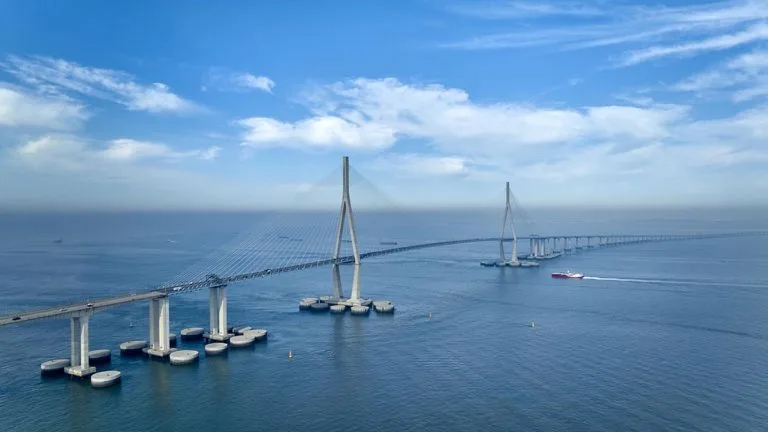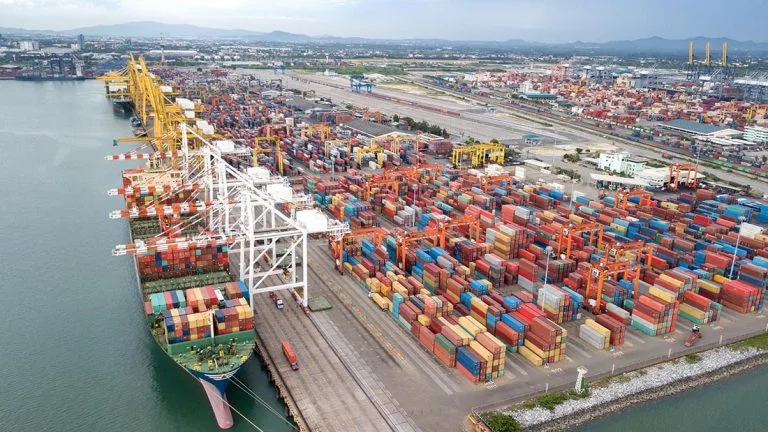Indonesia’s textile and garment sector is one of the largest in the world, employs millions of local people and is a major driver of economic growth in the country. The sector accounted for 6.1% of Indonesia’s manufacturing sector GDP in 2021 or 1.1% of total GDP, worth USD 12.3 billion. Primadi Soerjosoemanto, Partner for Indonesia discusses opportunities for foreign investors.
There are several factors that make Indonesia’s textile and garment sector attractive now for foreign investors and operators. Unlike much of Asia and the world, Indonesia has a largely youthful labour force that is growing rapidly and there are approximately 5,000 registered large and medium textile and garment companies in operation in 2023, with an estimated further active 500,000 small and micro enterprises.
Indonesia offers a favourable investment climate these days. In 2022, the government invested over USD 658 million in Indonesia’s textile and garment sector, up over 100% on the previous year, to boost employment and to support recovery from the pandemic. This investment is being particularly applied towards innovative production, updated machinery, automation, digital printing and improved energy use and waste management. Further the government has implemented a range of proactive business policies to attract foreign investment and ease the handling of business license and meeting regulatory and tax requirements. See more about this here.
Indonesia is a major producer of cotton and offers easy access to other raw materials such as wool, silk and various natural and synthetic fibres that ensures reliable supply lines. The Indonesian textile and garment sector has history as well, going back to pre-colonial times where traditional fabrics like batik and ikat are recognised for their intricate designs and craftmanship. Partly due to this history, the sector has long been supported by successive governments for its national economic and cultural contribution. With ongoing improvements in production technology, the Indonesian government has announced the vision “Making Indonesia 4.0” as a goal for the year 2030, emphasising technological development in five key industries, including the textile sector. In line with this, some operations are shifting towards modern higher margin, hi-tech fabrics for applications in automotive, healthcare and sportswear etc.
With a population of some 273 million people, there is a significant local market for apparel and as the Indonesian economy continues to strengthen recently, disposable incomes are growing. The rapid growth in e-commerce along with improvements in domestic logistics (see link here) is stimulating local demand much further also. Indonesia’s domestic apparel market amounts to USD 21.7 billion in 2023 with a projected annual growth of 3.5%. Each Indonesian person is spending USD 78.14 on clothes this year.
Indonesia’s textile and garment sector earned export income of around USD 12 billion in 2022, with more than 50% of this coming from the US and Europe. Indonesia exports around 30% of its apparel production, however economic uncertainty and war in Europe is likely to reduce export earnings in 2023. Total production won’t reduce however as the domestic market faces continued growth and the country holds considerable untapped potential through its membership in ASEAN and as a part of its Pacific free trade partnerships. Key markets outside of the US and Europe include Japan, Turkey, Southeast Asia, Australia, South America including substantial volumes to Brazil as well as Africa and the Gulf. Of particular note, as a Muslim nation Indonesia is paying close attention to other Muslim countries with the aim of becoming the global centre of the Muslim fashion industry. In building its export markets, Indonesia is considerably aided by its recent advances in international logistical capabilities and its proximity to Asia and across the Indian Ocean towards Africa and Europe.
In recent years there has been a global shift towards sustainable and ethical production in apparel making. Consumers are increasingly concerned about the environmental and social impact of the clothing they purchase. Indonesia’s textile and garment sector is moving towards capitalising on this trend by adopting sustainable practices. Investments in organic cotton, eco-friendly dyeing methods, and enforcing accepted ethical labour practices support new market developments and attracting conscious consumers.
Indonesia’s textile and garment sector faces some challenges from global competition, particularly from China, the world’s largest apparel manufacturer. Apparel production also must balance reasonable environmental concerns, where traditionally it has been a poor citizen in this regard. Where government regulations have recently shifted in favour of stimulating international investment, this still requires balance with local environmental concerns. Indonesia outright bans the import of second-hand clothing, but there are still some problems with the importation of illegally produced and counterfeit clothing, affecting local markets, although volumes on this are decreasing following recent strong government enforcement.
Foreign entrants into Indonesia’s textile and garment sector face few limitations with opportunities for local joint ventures, acquisitions or startup options available. Under the recent implementation of Indonesia’s Omnibus Law, 100% foreign ownership is encouraged.
Indonesia’s textile and garment sector offers tremendous opportunities for international organisations to enter this market successfully. For a no-obligation discussion, please get in touch with Jari Hietala, Managing Partner: jari.hietala(at)asianinsiders.com or Primadi Soerjosoemanto, Indonesia Partner: primadi.ws(at)asianinsiders.com.


